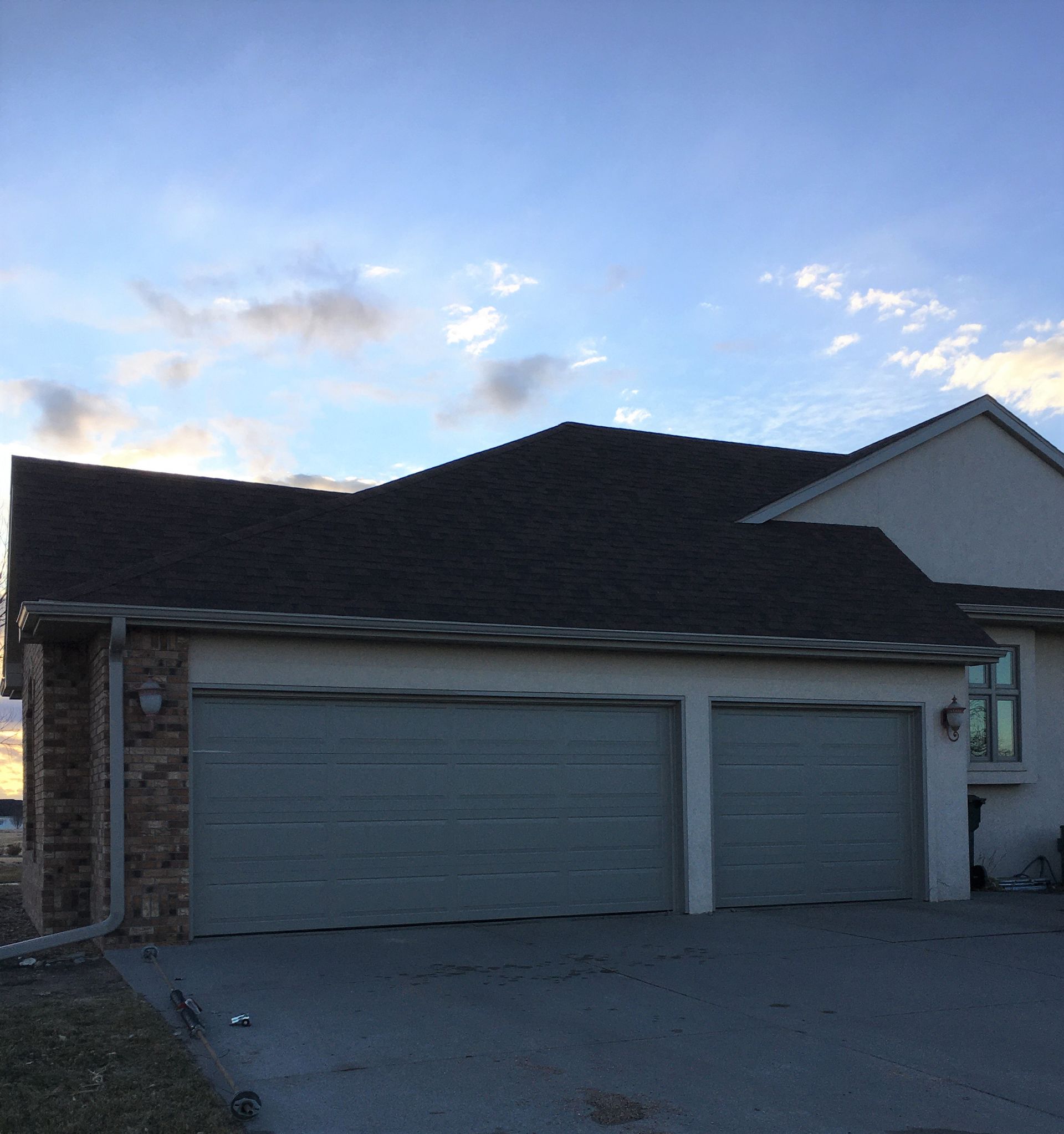Adding a second layer of shingles might seem like a quick fix for roof issues, but is it the best choice for your home? Let’s break down the pros and cons, building code considerations, and expert alternatives.
Short-Term Savings and Long-Term Drawbacks
Benefits: Layering shingles can save time and money upfront by skipping the labor-intensive process of tearing off the existing layer. It’s a popular option for homeowners on tight budgets.
Disadvantages: However, there are several drawbacks to this method, such as:
- The additional weight may cause structural issues, including sagging and possible damage to your roof.
- Difficulty identifying and fixing underlying problems, like leaks or rotting wood.
- Reduced lifespan of the new shingles due to heat retention and uneven application.
Things to Know About Building Codes When Layering Shingles
Before layering shingles, be sure to check local building codes, as most areas allow only two layers. Exceeding this can lead to insurance issues and safety concerns, so it’s crucial to consult professionals.
Why We Advise Against Adding Another Layer of Shingles
Despite the initial appeal, Weathercraft advises against adding another layer of shingles. Here are the reasons why:
- In-Depth Repair Process: Removing the old shingles allows us to identify and repair hidden structural issues, ensuring long-lasting results.
- Better Performance: Starting with a clean slate ensures the new shingles adhere properly and last longer.
- Enhanced Aesthetics: Single-layer roofs provide a cleaner, more professional appearance, as the shingles lie flatter and look more aesthetically pleasing.
Alternatives for Budget-Conscious Homeowners
For those on a budget, here are several alternatives to adding another layer of shingles:
- Repair Instead of Replace: Address specific problem areas rather than redoing the entire roof.
- Energy-Efficient Options: Opt for shingles designed to provide better insulation, reducing energy costs over time.
- Affordable Financing Options: Weathercraft offers affordable options to spread out roof replacement costs.
